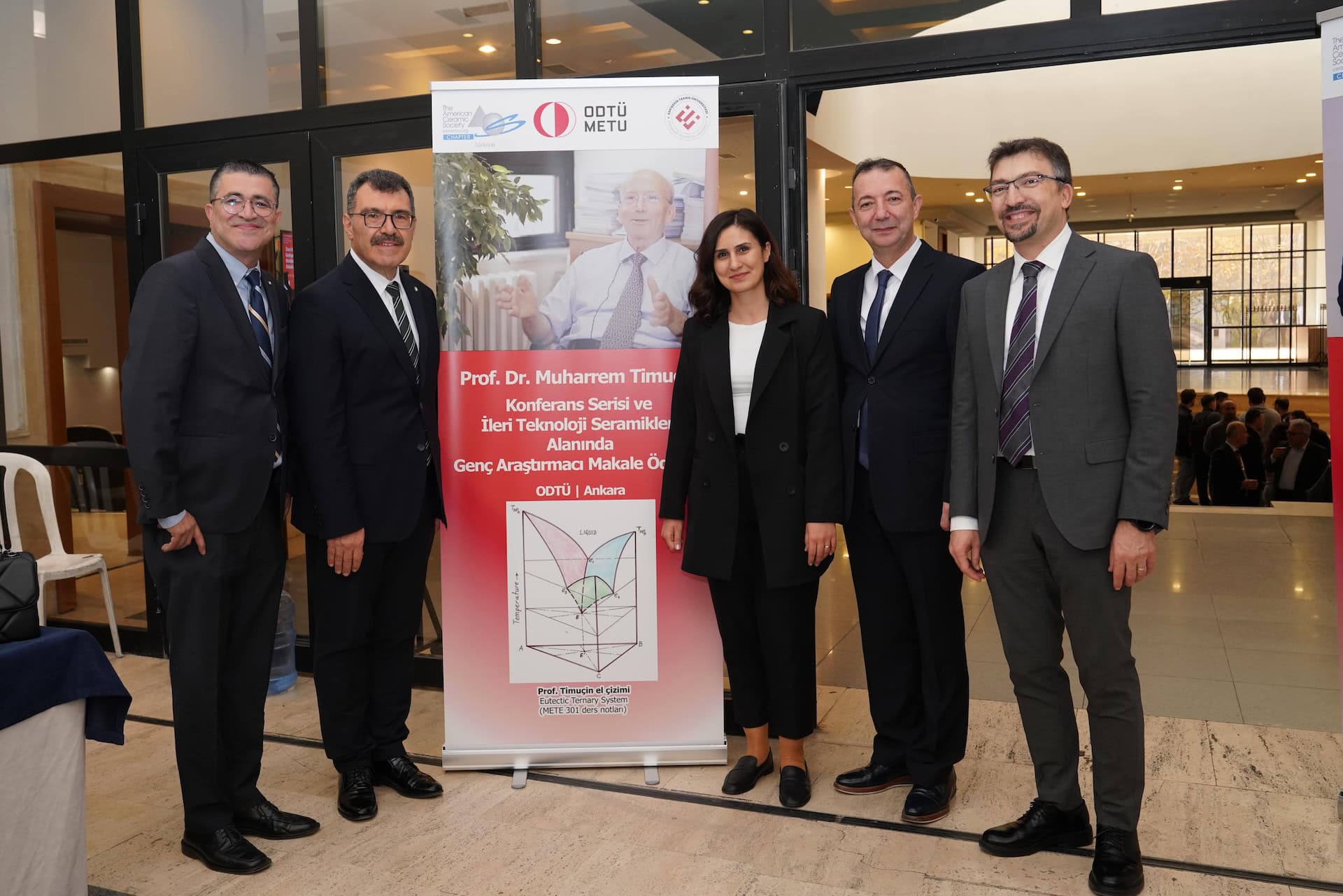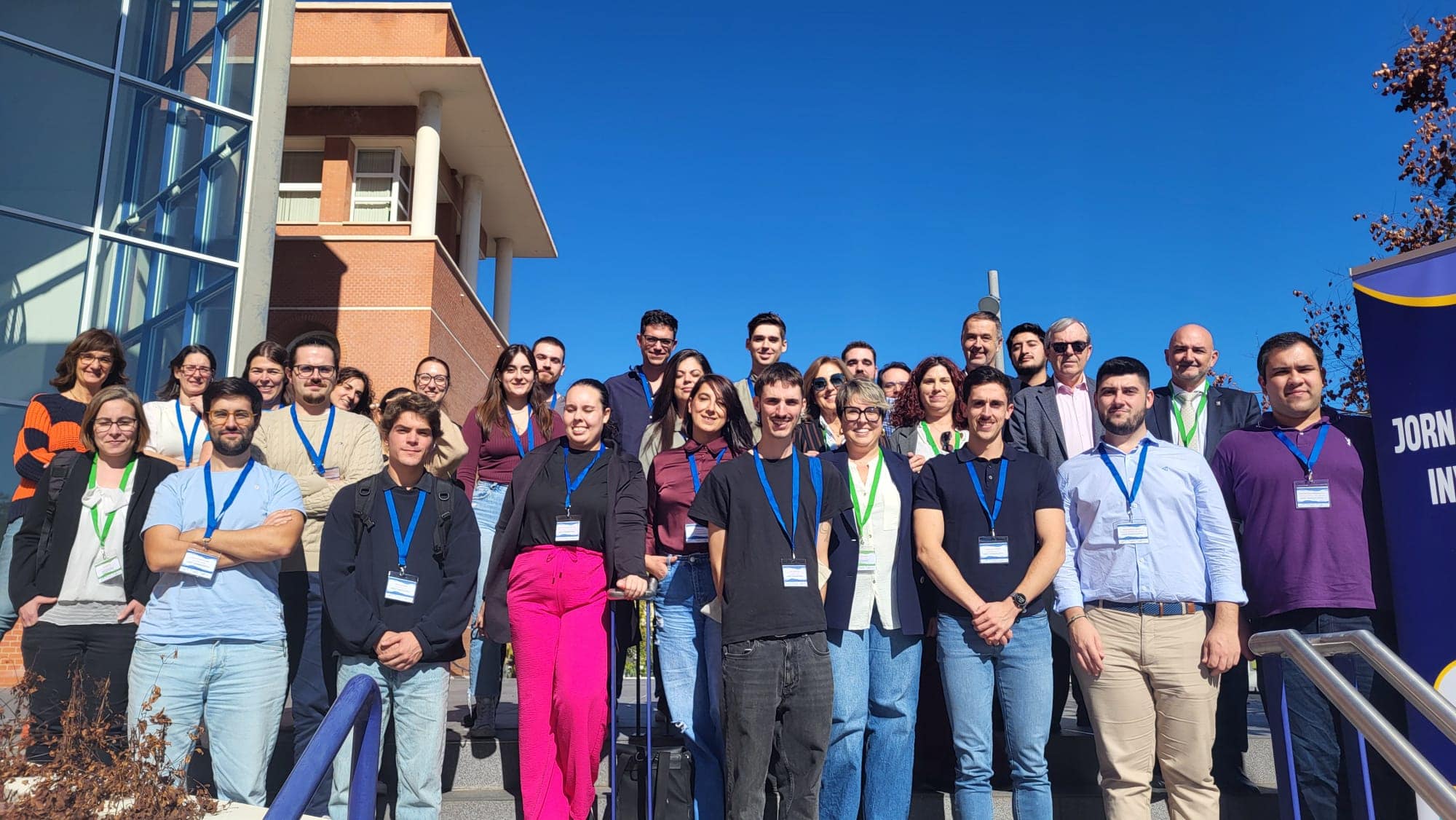[Image above] Larry Hench delivering his plenary talk at this week’s Innovations in Biomedical Materials: Focus on Ceramics 2014 conference. Credit: ACerS
Despite the fact that there have been amazing advances in healthcare in the past several decades, there are still needs to be addressed, still problems to fix, and still places where advanced materials like glass and ceramics can fill important gaps (including some literal gaps).
This week’s Innovations in Biomedical Materials: Focus on Ceramics 2014 conference in Ohio’s Capital City explored the potential of and problems facing the materials filling those gaps.
The meeting kicked off Wednesday evening in downtown Columbus with an initial session of rapid-fire presentations—each presenter had just three short minutes to sum up their research—followed by further hearty discussion over posters, drinks, and hors d’oeuvres. Posters covered a wide range of topics, including bioactive glasses, dental brazing, vertebroplasty cements, ceramic nanowires, and much, much more.
Conference organizer Steven Jung, chief technology officer at MoSci Corp., says that Bioceramics 2014 attendees comprise a “good mix of people, including experts from industry and academia.” That mix was key to fostering a lot of great audience interaction and stimulating discussions, with experts offering some interesting perspectives, he says.
Thursday morning started strong with the first plenary talk delivered by bioceramic legend Larry Hench, biomedical engineering professor at Florida Institute of Technology. Hench’s talk, titled “Affordable healthcare? Role of bioceramic technology,” was true to his passion for and commitment to affordable healthcare and bioactive glasses.
Hench highlighted some of the problems in the United States healthcare system, talking both costs and culture. With regards to costs, he says that 90 percent of all healthcare costs are accrued within the final three years of life. And despite all the talk of affordable healthcare, he says, we cannot achieve truly affordable healthcare through only governmental and legislative action.
Despite the problems in the current healthcare climate, though, it’s easy to see Hench’s passion for his materials. The inventor of Bioglass, the original bioactive glass, Hench highlighted the evolutionary changes that approaches to healthcare solutions have undergone in the past. The latest iteration of that evolution is to use tools that allow the human body to heal itself through gene activation and control, Hench says. This is a considerable shift from the past, when approaches centered on the replacement of damaged or defective natural tissues with synthetic ones.

Bioceramics 2014 conference included panel discussions that encouraged audience participation. Credit: ACerS
In addition to the tried and true applications of Bioglass in bone and dental applications, Hench discussed how Bioglass is moving forward into new territory through potential applications in soft tissue repair. He discussed potential promising applications of Bioglass as somewhat of a wonder material, healing everything from ulcers to damaged heart tissue. Hench says he believes one of the big potential markets for Bioglass is in the healing of sports injuries such as ACL tears.
Primed by Hench’s stimulating talk, the following panel discussions on orthopedics and new technologies Thursday morning stimulated insightful questions and intelligent discussions from the audience. The chatter covered important issues like the effects of standards and regulations on innovations and where panelists see the future of biomedical ceramics. The new tech session highlighted some exciting new technologies like glass microspheres and ceramic shells for cancer chemotherapeutic delivery.
Thursday afternoon featured the secondary plenary talk by Glenn Stiegman, vice president of clinical and regulatory affairs at Musculoskeletal Clinical Regulatory Advisers, LLC. Stiegman took the post-nosh talks into the regulatory realm with an informative discussion titled “The current regulatory environment.”
Stiegman led the audience through the structure of the Federal Drug Administration and discussed some of the difficulties in getting medical devices through the FDA approval process, topics that are very familiar to him as former chief of the FDA’s Orthopedic Devices Branch.
Stiegman concluded his talk by providing some stunning figures for the total time and money required to get a new device commercialized—numbers that make it surprising that new devices ever get unveiled. For devices, Stiegman says, the total time from concept to market is eight years, and 12 years for drugs. The costs of that process climb into the millions or billions depending on the type of device or drug being marketed.
The Thursday afternoon panel discussions once again opened up audience participation. During a panel centered on regulation, attendees lofted a lot of questions that tried to get a glimpse into regulatory insights. A panel on radiotherapeutics followed, during which Wayne Mullet of BTG offered some interesting clinical data regarding Theraspheres, glass microspheres containing radioactive yttrium-90 that have had success in treating hepatocellular carcinoma.
“There have been a lot of really interesting talks with great audience interaction,” Steven Jung says. He noted that the topics have covered a wide breadth of materials, while individually remaining focused and very informative to attendees.
To see the meeting’s full technical program, click here.
Author
April Gocha
Spotlight Categories
- Meeting Highlights
Divisions
- Bioceramics




